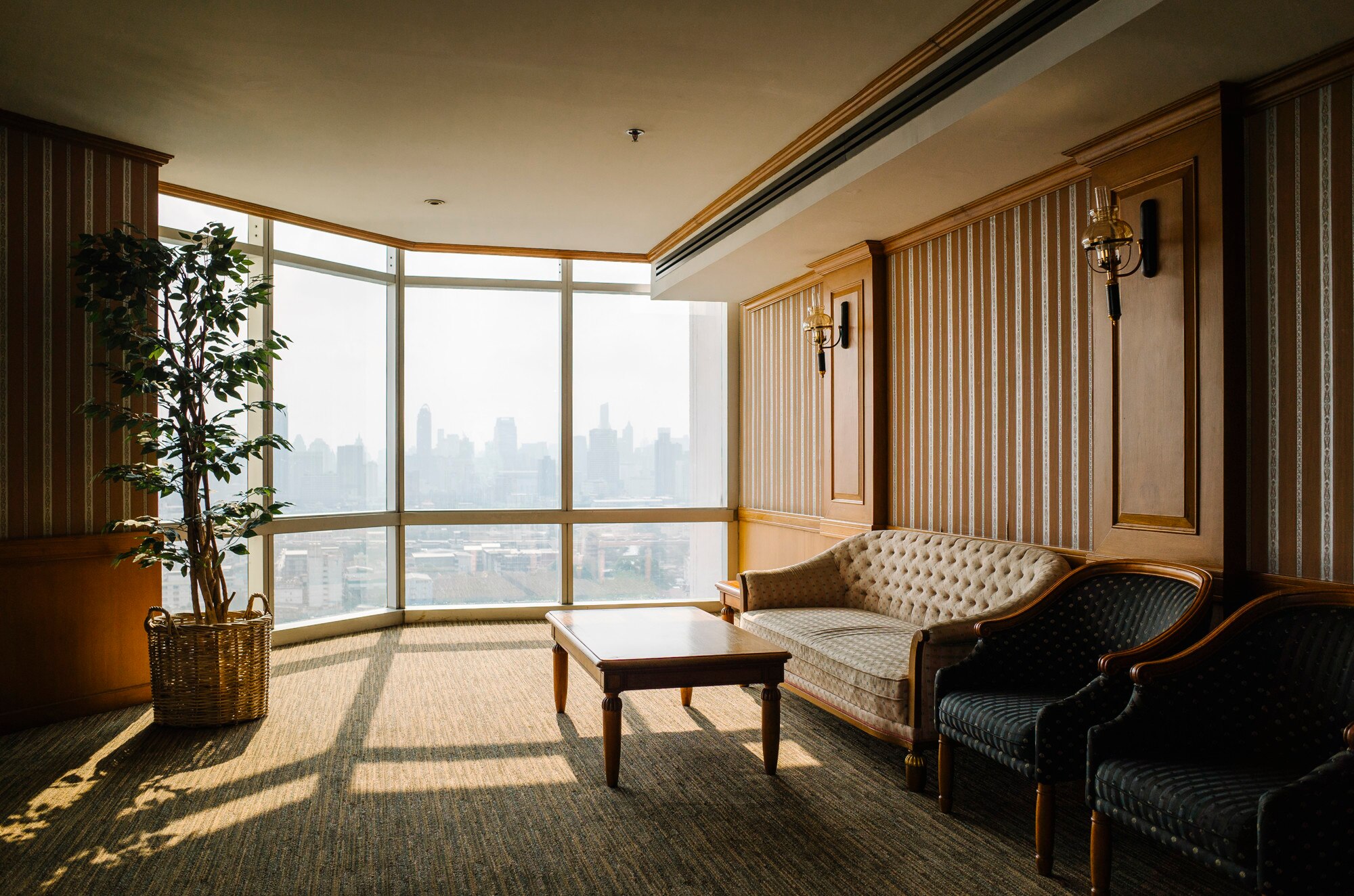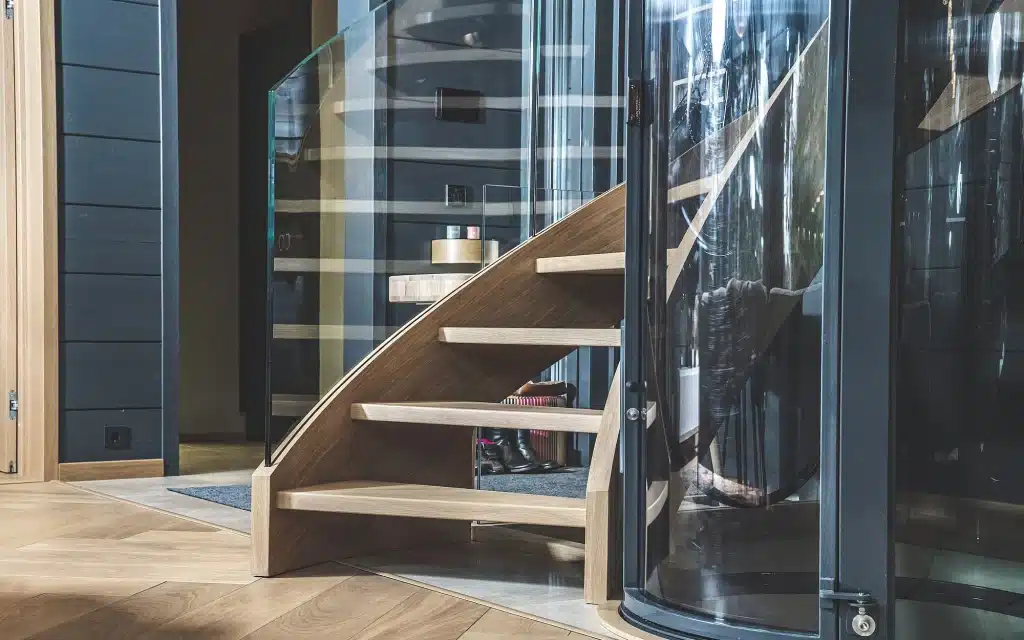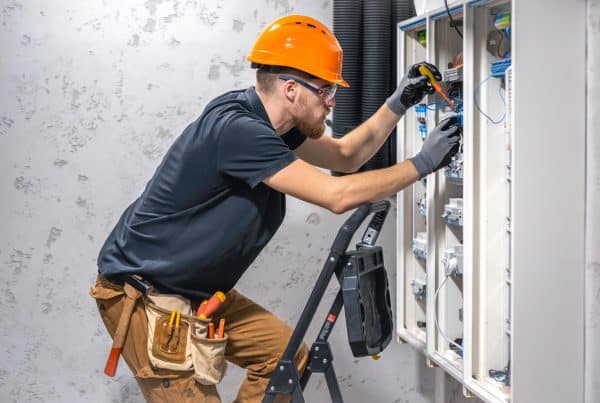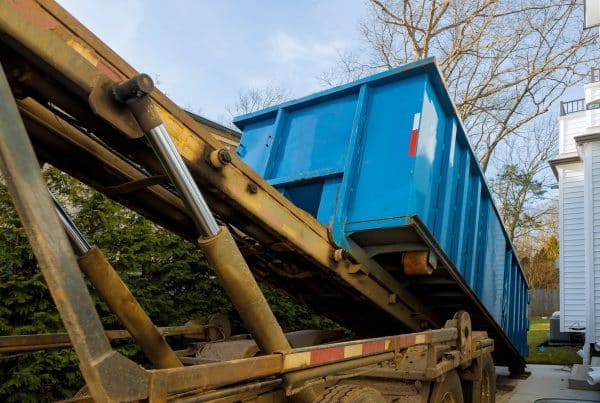With modern architecture and interior design, curved glass stands out as a hallmark of innovation and style.
Characterized by its smooth, flowing lines, curved glass is more than just a design element; it’s a functional material that can transform spaces, enhance natural light, and create a seamless transition between indoor and outdoor environments.
Its applications are diverse, ranging from windows, doors, garage doors and skylights to partitions, railings, and even furniture, making it a versatile choice for home renovations.
Pros of Using Curved Glass
Aesthetic Appeal: Curved glass adds a unique, sophisticated touch to any space, making it a popular choice for homeowners looking to create a statement. Its ability to bend light and blend with the surrounding environment can make rooms appear more spacious and connected to the outdoors.
Natural Light Enhancement: One of the primary advantages of curved glass is its capacity to maximize natural light. Unlike flat glass, curved surfaces can capture and distribute light more evenly throughout a room, reducing the need for artificial lighting and creating a warm, inviting atmosphere.
Energy Efficiency: Curved glass can contribute to the energy efficiency of a home. With proper glazing, it can offer excellent insulation, keeping homes warmer in winter and cooler in summer, thereby reducing energy consumption and utility bills.
Unobstructed Views: For homes with picturesque landscapes or cityscapes, curved glass provides sweeping, unobstructed views that flat glass cannot. It allows for a panoramic experience, connecting the indoors with the external environment seamlessly.
Customization and Flexibility: Curved glass offers a high degree of customization, making it suitable for various design and functional needs. Whether it’s for a curved window in a historical renovation or a contemporary glass staircase, it can be tailored to fit the specific dimensions and style of a home.
Cons of Using Curved Glass
Cost: One of the most significant drawbacks of curved glass is its cost. The manufacturing process is more complex and labor-intensive than that of flat glass, leading to higher prices. Additionally, the need for custom frames and supports can further increase the overall cost of installation.
Maintenance Challenges: While curved glass can be treated with coatings to resist dirt and water, its maintenance can still be more challenging than flat glass. The curvature can make cleaning difficult, especially for exterior applications, requiring specialized equipment or professional services.
Installation Complexity: Installing curved glass is not a straightforward task; it requires precision and expertise. The complexity of installation can lead to longer project timelines and increased labor costs. Additionally, any mistakes in measurement or fitting can be costly to rectify.
Limited Compatibility: Curved glass may not integrate well with all types of architecture or interior design styles. Its distinct look and feel might clash with traditional designs, making it more suitable for contemporary or modern homes.
Potential for Distortion: Depending on the curvature and thickness of the glass, there can be visual distortion that affects the clarity of views. This distortion can be particularly noticeable in larger installations, such as curved windows or walls, and may not be desirable for all homeowners.
Curved glass is a dynamic material that can elevate the aesthetics and functionality of a home. Its ability to enhance natural light, offer energy efficiency, and provide unobstructed views makes it a compelling choice for home renovations.
However, the considerations of cost, maintenance, installation complexity, and design compatibility are important factors to weigh.
For those willing to invest in its unique benefits, curved glass can transform a living space into an architectural masterpiece, blurring the lines between the built environment and the natural world.
Ultimately, the decision to use curved glass should align with a homeowner’s budget, design preferences, and practical needs, ensuring that the renovation enhances both the form and function of your home.










